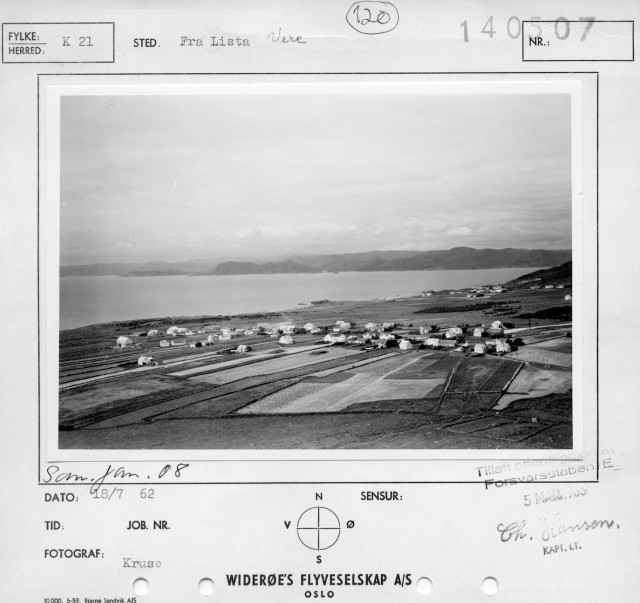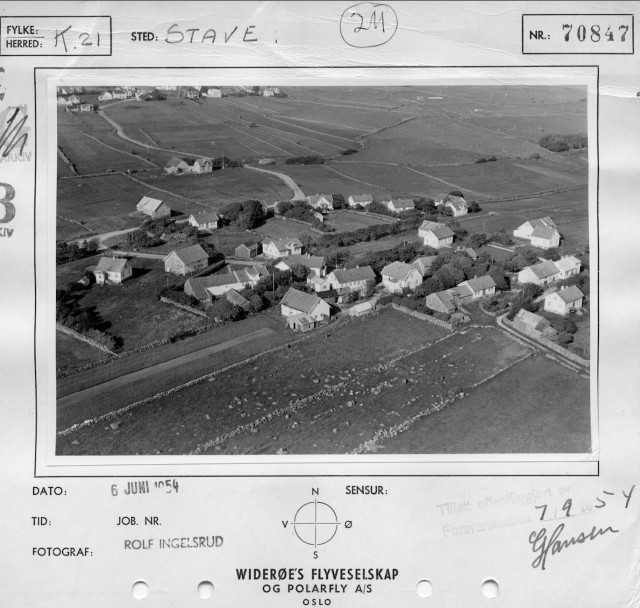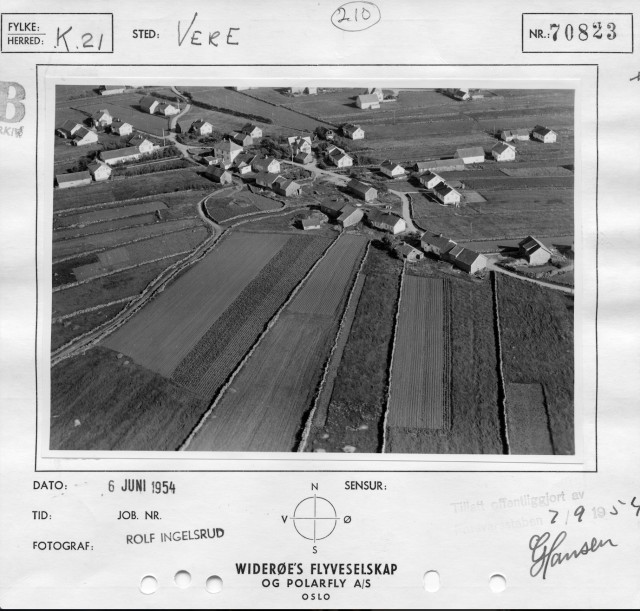Clustered farmyards
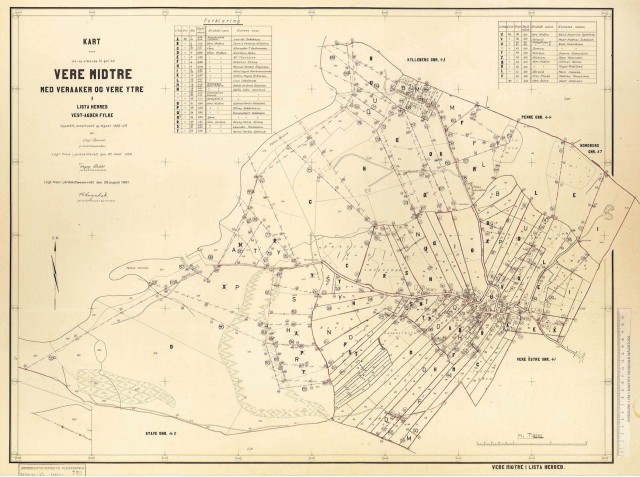
When the population numbers had risen, many of the old farms were divided into several smaller farmsteads. The houses of the new farmsteads were gathered, often wall to wall, surrounding the old main building. Around the farm yard was the arable land, partitioned into narrow plots with stone walls as boundary lines. The pasture land was often commonly owned.
At Vest-Lista we find places like Jølle, Penne, Vere and Stave. These are farms that have kept name, shape and size since the middle-ages, maybe from even further back in time.
The exchanges of the 1800s caused buildings to be moved away from these clustered farmyards. This happened only to a small extent here at Lista. Since, people have carried on building and the yards have grown in size. Today the farms look like small villages.
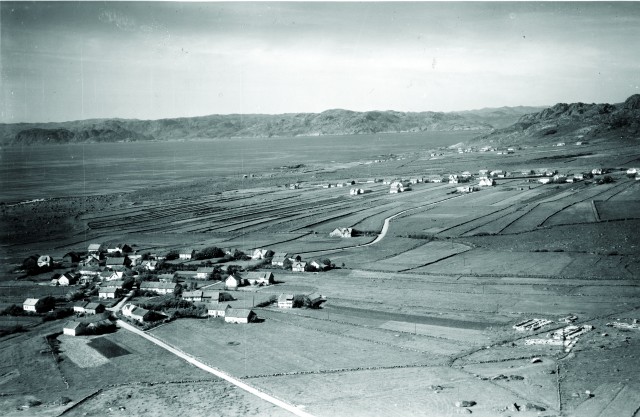 Stave.
Stave.
The exchanges
Dividing up the land into scattered and increasingly smaller plots eventually made the farming impractical. During the exchanges of the middle of the 1800s, plots were merged and the clustered yards were dissolved. The farms were moved out to form detached units with merged fields surrounding them. This facilitated modernisation and increased efficiency in agriculture.
“In the area of inner Lista, the farms are situated, each farm separate with many farmer’s houses in clusters around them”
